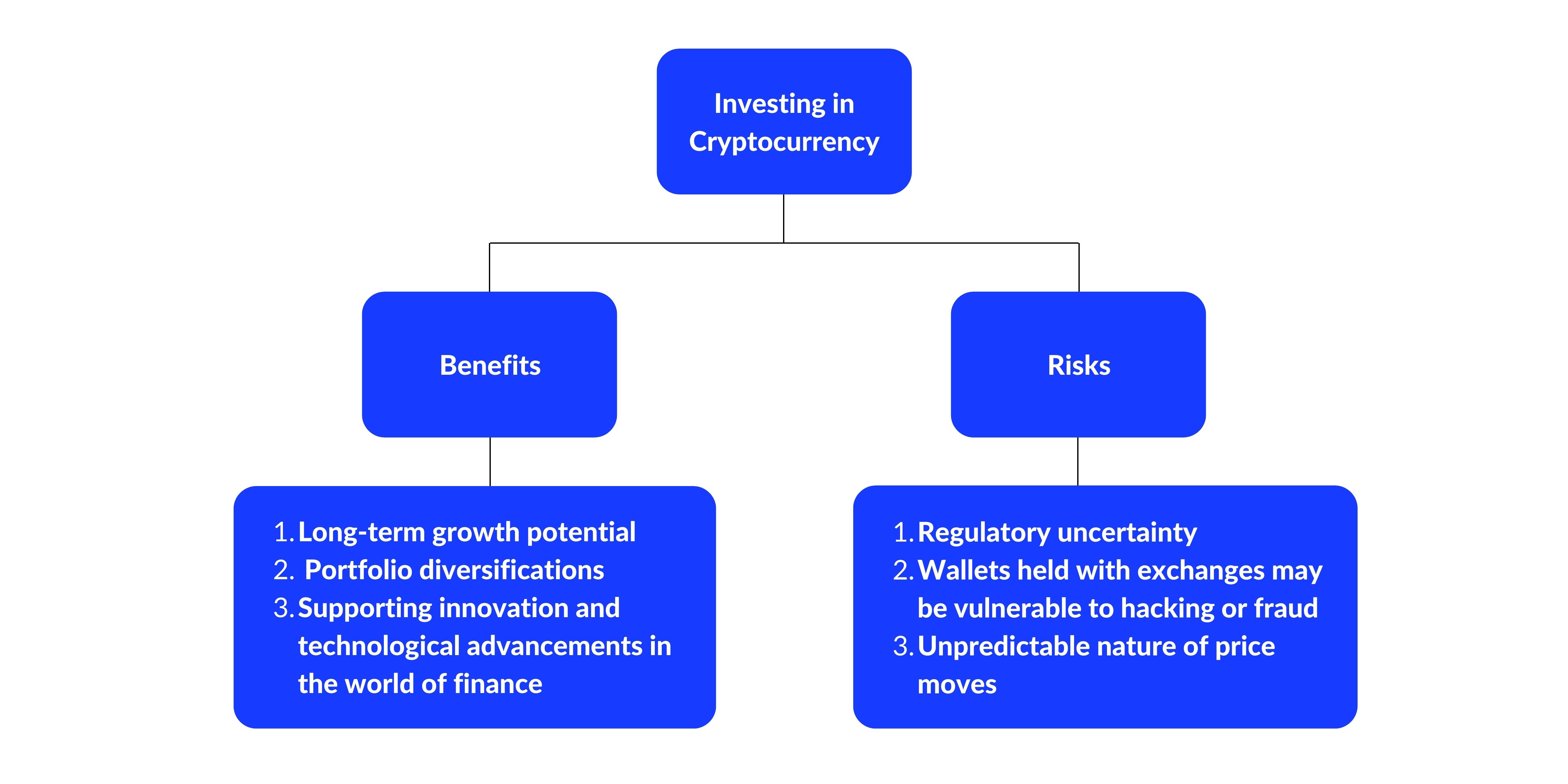Best Places to Order Cryptocurrencies: A Contrast of Popular Exchanges
The Future of Cryptocurrencies: Fads to Enjoy in the Upcoming Years
The development of Central Financial institution Digital Currencies (CBDCs) stands to redefine the combination of electronic possessions within traditional economic systems, while enhanced governing examination might shape the functional landscape for cryptocurrencies. Furthermore, the advancement of decentralized financing (DeFi) and the expanding importance of non-fungible symbols (NFTs) promise to modify perceptions of possession and valuation in an electronic economy.
Increase of Reserve Bank Digital Currencies
The introduction of Central Financial institution Digital Currencies (CBDCs) represents a substantial shift in the economic landscape as governments check out electronic alternatives to standard fiat cash. These state-backed digital currencies intend to enhance the effectiveness of settlement systems, promote monetary incorporation, and provide a safe choice to private cryptocurrencies. Unlike decentralized digital money, CBDCs run under the auspices of central financial institutions, guaranteeing governing oversight and security.
Several countries are proactively piloting or looking into CBDCs, with notable examples consisting of China's electronic yuan and the European Reserve bank's digital euro initiative. These efforts highlight a growing recognition of the possible advantages of electronic money, such as faster transaction rates and decreased expenses connected with cross-border payments. Furthermore, CBDCs could work as a device to combat illicit activities by offering higher openness in deals.
As the fostering of CBDCs advances, they might reshape consumer behavior and influence global financial dynamics. Nonetheless, the change to an electronic money structure provides difficulties, including technological framework, cybersecurity problems, and public trust fund. The increase of CBDCs indicates a turning point that can redefine the function of cash in a progressively digital economy, warranting close monitoring by market stakeholders and policymakers alike.
Enhanced Regulatory Analysis

Countries around the world are taking varied strategies, from outright restrictions to regulative sandboxes that allow advancement while guaranteeing conformity. The European Union, as an example, is relocating towards thorough regulations with the marketplaces in copyright-Assets Policy (MiCA), intended at creating a unified technique throughout member states. In the USA, firms like the SEC and CFTC are progressively active in releasing standards and enforcement actions.
This governing atmosphere is most likely to have considerable effects for market participants. Business running in the copyright space might encounter stricter conformity needs, which could cause increased operational expenses. Nonetheless, clear policies might additionally foster higher institutional financial investment, as companies seek to navigate a much more specified lawful landscape. Ultimately, the balance between advancement and law will shape the future of cryptocurrencies.
Development of DeFi Platforms
Decentralized Financing (DeFi) platforms have gone through considerable change considering that their creation, improving the standard monetary landscape - order cryptocurrencies. At first, these platforms mainly focused on simple functions such as lending and loaning, promoted you can try these out by smart contracts on blockchain networks. The development of DeFi has increased to incorporate a broad array of economic solutions, including by-products trading, yield farming, and automated market-making.
One of one of the most notable improvements is the Discover More Here development of Layer 2 services, which boost scalability and lower transaction expenses, making DeFi much more available to a more comprehensive target market. Additionally, cross-chain interoperability has actually ended up being a crucial emphasis, enabling customers to transfer properties effortlessly across different blockchain networks. This evolution promotes better liquidity and individual engagement.
Additionally, the integration of advanced administration designs has actually empowered areas to join decision-making procedures, advertising sustainability and development within the ecological community. As DeFi remains to grow, we can expect additional improvements in user experience with boosted interfaces and safety measures, dealing with problems that have previously prevented mainstream fostering. In general, the trajectory of DeFi systems factors towards a more inclusive and effective economic future, offering options to traditional financial systems.
Assimilation of NFTs in Finance
In the middle of the fast advancement of the economic landscape, the integration of Non-Fungible Tokens (NFTs) has emerged as a transformative force. Generally linked this with electronic art and collectibles, NFTs are now finding applications in various monetary markets, presenting ingenious means to stand for possession and worth.
One substantial location of assimilation remains in actual estate, where NFTs can simplify home deals. By tokenizing genuine estate possessions, purchasers can take pleasure in fractional ownership, minimizing entrance barriers and enhancing liquidity. order cryptocurrencies. Additionally, NFTs can guarantee transparent and immutable documents of possession, improving rely on genuine estate transactions
In the world of finance, NFTs are also being made use of for decentralized money (DeFi) applications, making it possible for collateralization of possessions. By utilizing NFTs as collateral, borrowers can access lendings while retaining possession of their electronic possessions. This functionality boosts the access of economic services and advertises a more comprehensive economic environment.
In addition, the integration of NFTs into traditional money might change the method intellectual home rights are taken care of, providing developers with brand-new income streams through wise agreements. On the whole, the integration of NFTs in money indicates a change towards even more innovative, effective, and transparent financial remedies, leading the way for future developments.
Developments in Blockchain Innovation

One significant trend is the introduction of Layer 2 solutions, developed to enhance scalability and purchase speeds, consequently attending to the restrictions of key blockchain networks. These solutions make it possible for much faster processing of purchases, reducing costs and boosting performance, which is essential for mass adoption.
Furthermore, interoperability between various blockchain networks is getting traction. This advancement allows smooth data exchange and property transfers across diverse systems, advertising a much more connected and effective community. Methods that assist in cross-chain communication are vital for promoting cooperation among decentralized applications (copyright) and enhancing customer experiences.
Additionally, advancements in consensus mechanisms, such as proof-of-stake and passed on proof-of-stake, are adding to more energy-efficient and protected blockchain procedures. These technologies not only address environmental worries however also boost network durability.
As blockchain innovation continues to mature, its integration into numerous fields, consisting of financing, supply chain, and medical care, will certainly redefine conventional systems, paving the method for a decentralized future.
Conclusion
The introduction of Central Financial institution Digital Currencies will certainly enhance the combination of digital assets right into typical financial systems. In addition, the continuous improvement of decentralized financing platforms and blockchain technology, alongside the combination of non-fungible tokens, will certainly redefine possession and monetary purchases, cultivating increased fostering and technology within the sector.